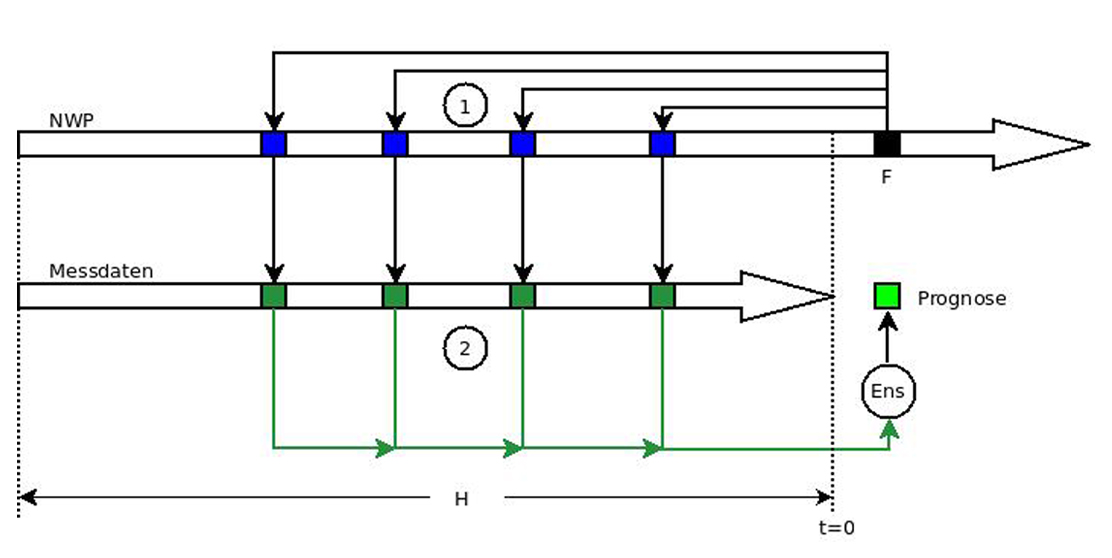Improving power forecasting for solar power panels
Solar panel owners are confronted with the question of how much power they are yielding on a daily basis. In meteorology, a proven procedure is to generate predictions with the help of regression analyses. In order to expand on these forecasting processes, Nils Raabe, a computer science student at the University of Kassel, has been researching an alternative prediction model in cooperation with enercast.
In his master’s thesis, with the topic “Development of a prediction system for power forecasting of photovoltaic systems based on artificial neuronal networks”, he has been dealing with machine learning processes that create particularly accurate power forecasting for solar power plants. This makes Raabe a part of the “Big Energy” research project, in which the “Intelligent Embedded Systems” and “Software Engineering” departments of the University of Kassel are working together with enercast.

The illustration shows a PV plant in Germany. The physical model alone cannot optimally depict snow coverage, making the prediction for the yield of the PV plant too high.
Neuronal networks predict future conditions
Raabe expands on the previously used physical model with machine learning processes, which are based on deep learning technology. These are based on neuronal networks which are characterised by their ability to predict unknown future behaviour from historical data. The neuronal network learns from the historical power and weather data and recognises previous, similar situations in the determination of future conditions. The neuronal networks record all the weather-dependent effects. The advantage: phenomena which cannot be identified by human observers can also be learned in this way.
Furthermore, neuronal networks are in a position to calculate which of the weather-dependent parameters are to be included in which part of the prediction in order to create an optimum energy forecast. The more historical data available for the training of the neuronal networks, the more weather situations are covered and can be learned. Raabe, who has been working for enercast since 2013, pays special attention to the further development of these artificial neuronal networks in his thesis, with the objective of generating precise power forecasts for solar power plants.

The plant’s output is more precisely forecast with the LSTM Rectified Linear Unit approach. This approach offers a significant improvement of the prediction quality, particularly on low-yield days (winter) or in difficult weather situations (e.g. snowfall).
Precise forecasts thanks to a two-step prediction process
The power forecast for solar power plants from the enercast portfolio serves as a reference basis. Firstly, individual weather predictions are calculated with a physical solar forecasting algorithm. Data from various weather models is used to create a prediction for this. Raabe also works with the same data on the creation of a prediction with his newly developed process in order to offer a comparable basis.
His goal is to offer an alternative prediction process that represents an addition to the previous prediction models. For this, Raabe proceeds in two steps.
1. Feature Learning
All available weather parameters are fed into the system, further developed by him and selected by relevant criteria.
2. Calculation
The reduced information is processed into power forecasts.
This makes it possible to use an alternative process of power forecasting for solar power plants to make even more precise forecasts in certain situations using the deep learning process. This procedure allows the operators of solar power plants to know in advance what kind of output they can expect from their plant.
Conclusion
On low-yield days (e.g. in winter) and in difficult weather conditions (e.g. snowfall and slipping snow) in particular, the new approach offers a meaningful addition to improving prediction quality of PV power forecasts.


 Back to overview
Back to overview 

